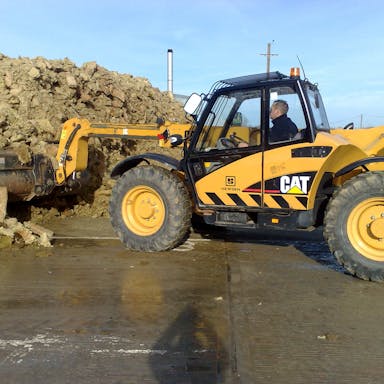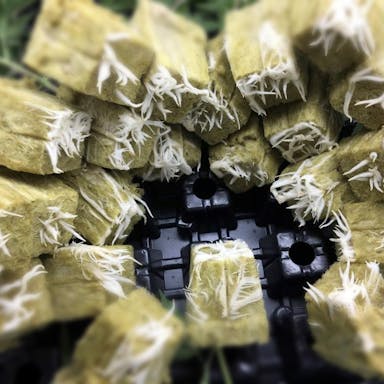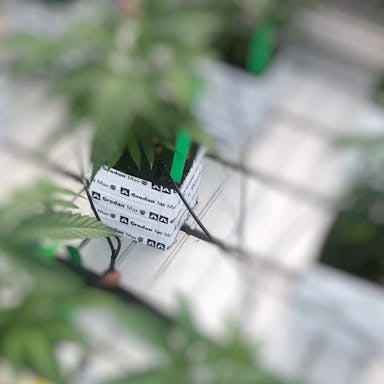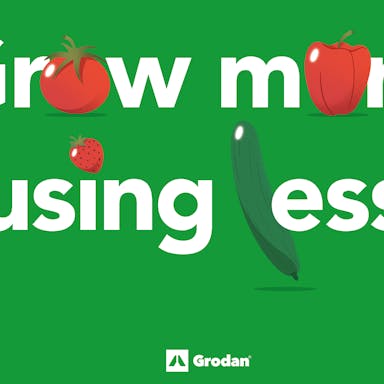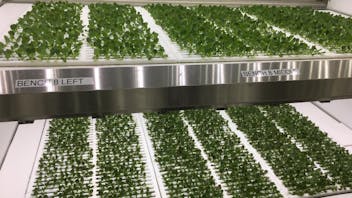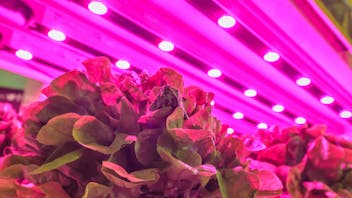How were you triggered by vertical farming?
“Somewhere in 2007 or 2008 I was invited to give a talk at a conference in Maryland where I first heard about the concept of vertical farming. After learning that vertical farming started in the early 2000’s in Japan, I knew immediately what my next step was going to be. I headed to Japan to meet and learn from Dr. Toyoki Kozai, a Professor at Chiba University, and founder of the Japanese plant association. He is the godfather of vertical farming. He explained to me how vertical farming became the Japanese government’s answer to handle national food security issues. They focused on ‘plant factories’; these facilities with artificial light were basically the first commercial vertical farms as we know today. Even though the history of indoor multilayer farms can be traced back to the 1960’s.”
What vertical farming trends do you see in the US?
“Restaurants have really helped to boost the vertical farming business. From what I can see in the US, there continues to be an increasing demand for year-round locally produced food, and consumers are willing to pay more for that. As a result, the demand of restaurants and key demographic consumers in the US started encouraging major investments in vertical farms. What I also see is that the big players in vertical farming are not the same ones as we see in the greenhouse industry. Vertical farming is actually not the domain of the traditional farmers. I mainly see entrepreneurs, engineers and venture capitalists getting together to start a vertical farm.
Another development I’ve recently seen is that there is a growing interest in the US in “opportunity zones”. An opportunity zone is an economically distressed community where new investments, under certain conditions, may be eligible for preferential tax treatment. Cities and investors alike are interested in trying to turn this space into areas that can attract investments into ag tech, which would include vertical farms.”

credits: Greener Roots Farm, Nashville Tenessee
And what about COVID-19?
“COVID-19 is creating both challenges and opportunities for vertical farming. On the one hand, consumers continue to demand locally produced food. On the other hand, mandates have changed the way this can be accessed, for example because of limiting seating at restaurants and other food service venues.”
What do you really need to know when starting a vertical farm?
“I would like to share six tips:
- First of all, talk to the people who you think are going to be your customers and truly understand what they are looking for. Before designing and engineering your farm’s system, find out how much volume of the (often) niche crops from your farm is going to need to be produced to supply your market.
- Figure out how to finance your project and take into account one or two years of failures, so you can recover from your mistakes. The good thing about greens and culinary herbs is that they have 10 or more crop cycles per year, which allows you to make many mistakes and recover from them.
- Production in a vertical farm is expensive, so you need to find a way to balance out the costs of utilities, labour costs and capital equipment. Take into account that currently, 50 - 80% of costs in a vertical farm go to labour and utilities.
- There are zero industry standards for the systems of vertical farming right now, because no one is sharing their techniques or cultivation methods. That’s why I would advise not to try to engineer everything by yourself, but pick those elements you think are the most important to your success. For example, use off-the-shelf products such as Grodan stone wool growing media and adjust your system to that, so you don’t have to invent a whole new system.
- Find a building with the tallest ceiling possible, because in a vertical farm, ‘buffer capacity’ is your friend. Do not try to overload your space by “maximizing” your cubic plant density. Create “space” for ample water storage and sufficient air-flow.
- Refer to experts and learn from them as you are planning out your facility. Learn formulas like Resource Use Efficiency (RUE), Cost Perfomance (CP) and Plan-Do-Check-Action (PDCA), taught and mastered by experts like Professor Kozai.”

credits: Greener Roots Farm, Nashville Tenessee
What are the advantages of using stone wool growing media solutions in a vertical farm?
“The nice thing about stone wool growing media is that it is an engineered substrate. This offers consistency and uniformity. When you use non-engineered products - such as coconut substrates – the quality can be different every time the grower receives it. The consistency of these products is not guaranteed. Right now in the US, Grodan’s products are mostly used by growers who like to fit products they know within a new vertical farm structure. That allows them to grow with success in a warehouse, while staying within their budgets.”

credits: Greener Roots Farm, Nashville Tenessee
How is vertical farming going to develop in the future?
“That’s going to differ per geography. Right now, the focus is mostly on the production of lettuce and culinary herbs. However, vertical farmers in certain areas might focus on other products in the future. This will depend on local, dietary and cultural trends. There will probably be local versions of different vertical farms around the world, based on local needs. This also has an effect on the farm’s system (including how the climate and lighting is regulated within the farm). For example, Arizona has long, hot and dry summers, while the Netherlands has dark and cold winters. The construction of the farm will vary to fit the local climate challenges, allowing the farming to maximize profit while best managing inputs. This alone will have a huge impact on how vertical farms will be designed for the future. Who knows what products will come from a vertical farm in the future!”
Hort Americas is a customer focused wholesale supply company based in Bedford, Texas, which Chris Higgins developed and started with Dutch business partner Horticoop, based in Bleiswijk. Chris has a separate company, UrbanAgNews.com thats create original content designed to provide science-based information for those interested in or actively working in commercial greenhouses, urban agriculture and vertical farms. Hort Americas is a well-trusted partner of Grodan.
Read more about vertical farming and professor Kozai’s resource use efficiency formula in these books and articles:
Smart Plant Factory (2018)
LED Lighting for urban agriculture (2016)
Plant Empowerment (2019)
This story is part of the Gro-Hacks series, in which we ask partners and friends of Grodan about the lessons we can learn from their innovative entrepreneurial stories.

Download the whitepaper about circular horticulture
Download the whitepaper about circular horticulture and read more about what circular horticulture is and how it can help you.

Where the magic happens: unlock the potential of data driven decision making
Data science and AI technologies present us with so many opportunities to collect and mine data in the greenhouse. This paper will help you begin your journey to get the best out of your greenhouse data. There’s a bright future ahead!
